The truth is that parakeets and budgies are actually one and the same. The birds that we commonly call "parakeets" in the United States are known as budgerigars or budgies to the rest of the world. While some may claim that Parakeets and Budgies are not the same, their taxonomy is precisely the same.
Origins of Names
In Joseph M. Forshaw's book, Parrots of the World, the parakeet is simply listed as a "budgerigar" with the scientific name, Melopsittacus undulatus. This scientific name in Latin is the same given to the parakeet. So they are, in fact, the same species.
While it is still very fuzzy as to how these birds got the name "Budgie" which is short for its proper name "Budgerigar," there are several theories. One is that it comes from the Australian slang word, "budgery."
Popularity as Pets
No matter what the origin is of these delightful little birds, they are the third most popular companion animal in the world listing right below dogs and cats. They have been popular for centuries and are a native of Australia where they live in the dry grasslands and are extremely tough little birds. They generally move about in large flocks finding water during times of drought as well as searching for their diet of grains, grasses, seeds, and insects. They are considered a fairly savvy bird to be able to survive under the conditions they do. Whether you call them parakeets or budgies, these delightful pets thrive best on a diet of nutrient-rich, healthy foods.
Types of Parakeets
The word "parakeet" is a term used to describe a group of birds number several dozen that are small in size and have long tail feathers and slender bodies. Other parrots referred to as parakeets are the mustache parakeet, the grass parakeet, the Monk parakeet also known as the Quaker Parrot, as well as the Indian Ring-necked Parakeet. All of these birds are indeed small parrots and they all have long tail feathers.
The Budgerigar
The Budgerigar was first recorded in history by the famous botanist and zoologist George Shaw in 1805. British by birth, he became quite interested in the natural flora and fauna of Australia when he began working in the natural history section of the British Museum. People were colonizing Australia at the time and specimens of both plants and animals were being sent back to England for further study. He was the first to publish his findings with scientific names of the budgerigar as well as the platypus, the echidna, the wombat, and the black snake.
Breeding
The first budgies arrived in England in 1840. Captive breeding began about 1850 when an interest in keeping these birds as companion birds had begun. The first color variation using selective breeding was recorded in 1870 and after that many variations were developed that still survive to this day.
There are different varieties of these birds available. They come in a sea of beautiful color mutations, and selective breeding has given types like the English Budgie a distinctive look that's all their own.
Parakeet vs. Budgie
The confusion over whether the parakeet and the budgie are the same is similar to the mini-controversy over the name of the African Grey. The common term for the parrot who's scientific name is Psittacus erithacus in the United States "African Grey parrot." Taxonomists are still trying to understand the difference between the two types of African Greys, the Congo and the Timneh. But these two species have two different taxonomical names as the Timneh is considered a sub-species of the Congo. However, if you look for the species, "African Grey parrot" in Mr. Forshaw's book, you aren't going to find it. It is instead listed as a "Grey parrot." Yet, this listing does refer to the scientific name for the African Grey. There are areas of the world where the African Grey, or Grey Parrot, is referred to as the "Red-Tailed Parrot." But no matter what you call this bird, the species is indeed the same. It is the Psittacus erithacus.
All of which goes to suggest that when William Shakespeare wrote the metaphorical, "A rose by any other name would smell as sweet," he could have had parrots or budgies on the brain.
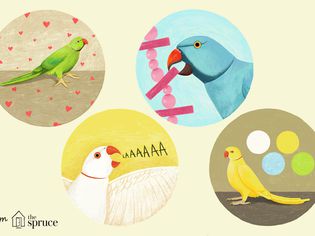
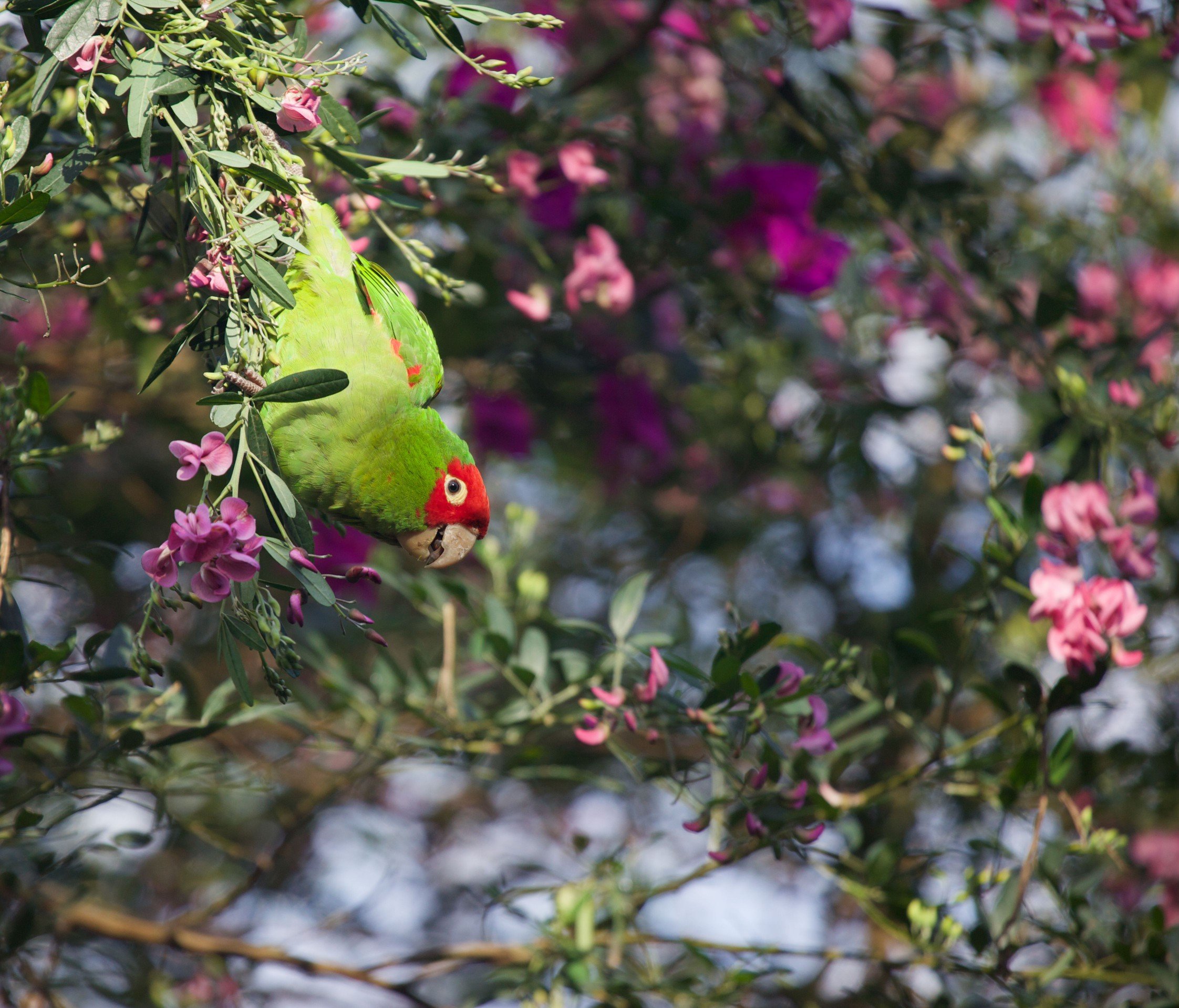
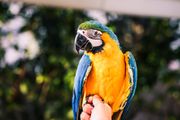
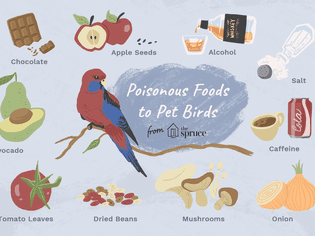
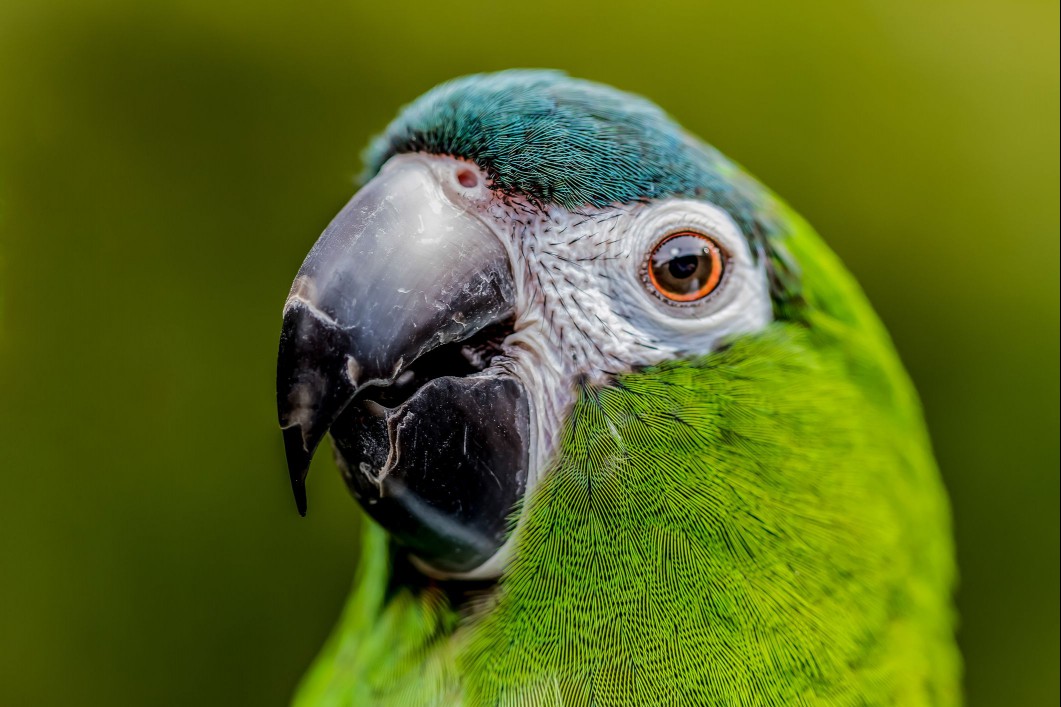
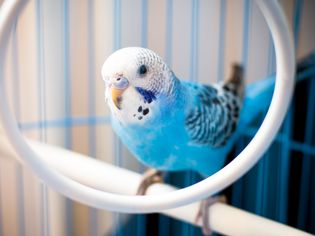
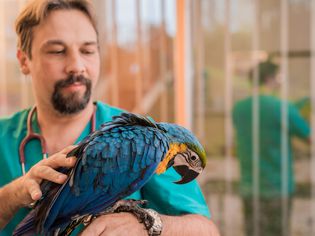

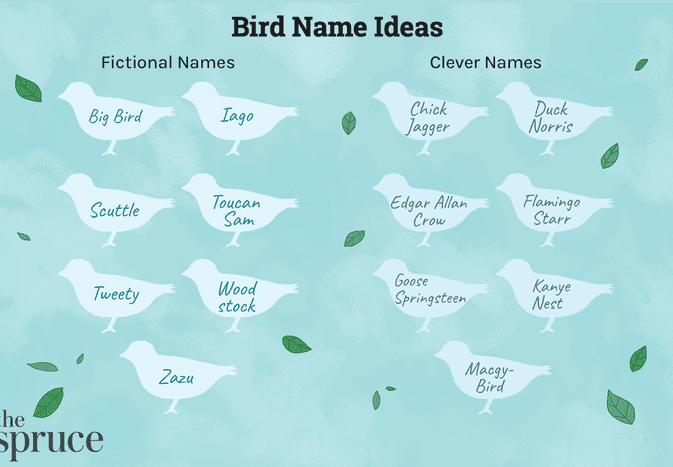
Comments on "What Are the Differences Between Parakeets and Budgies?" :